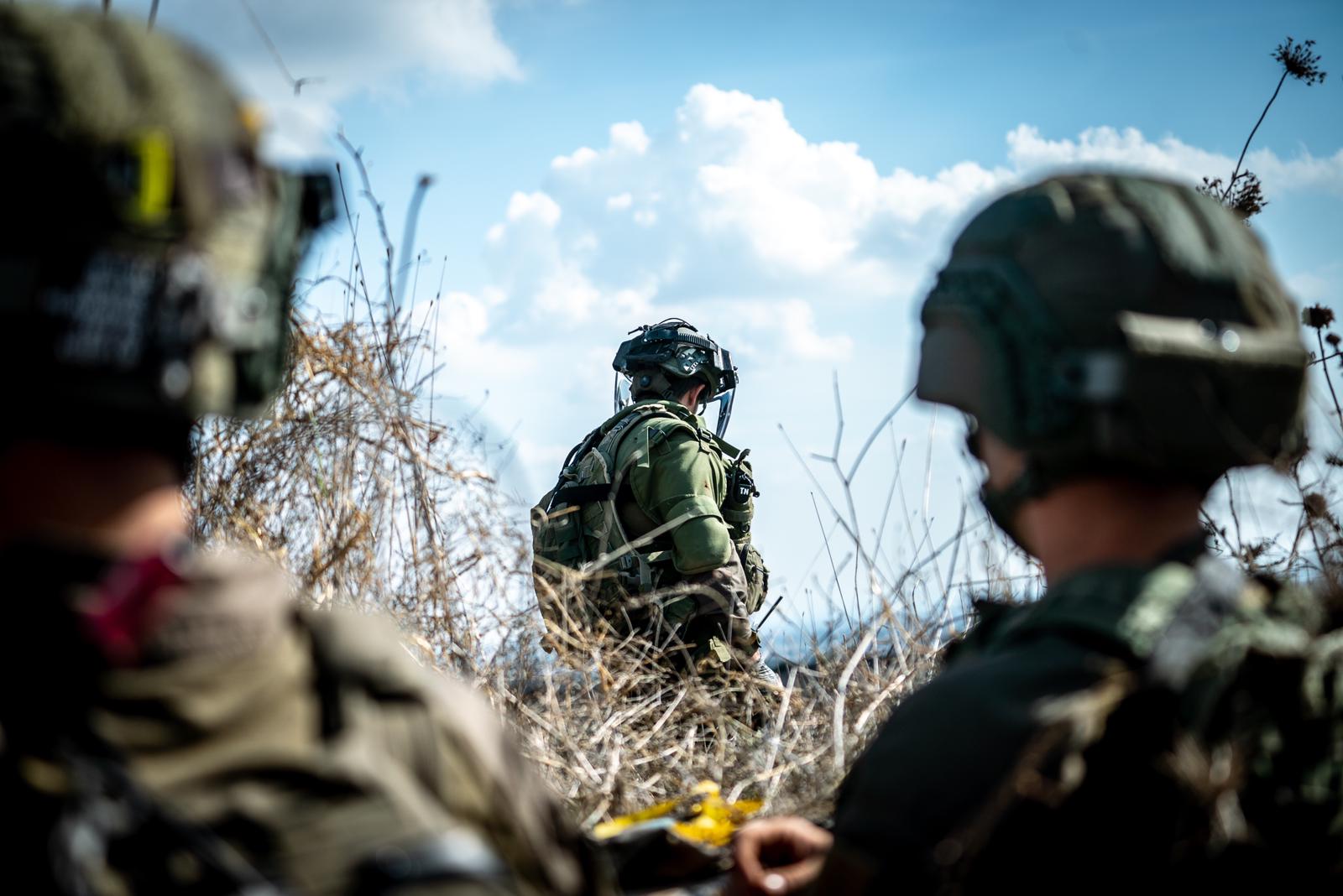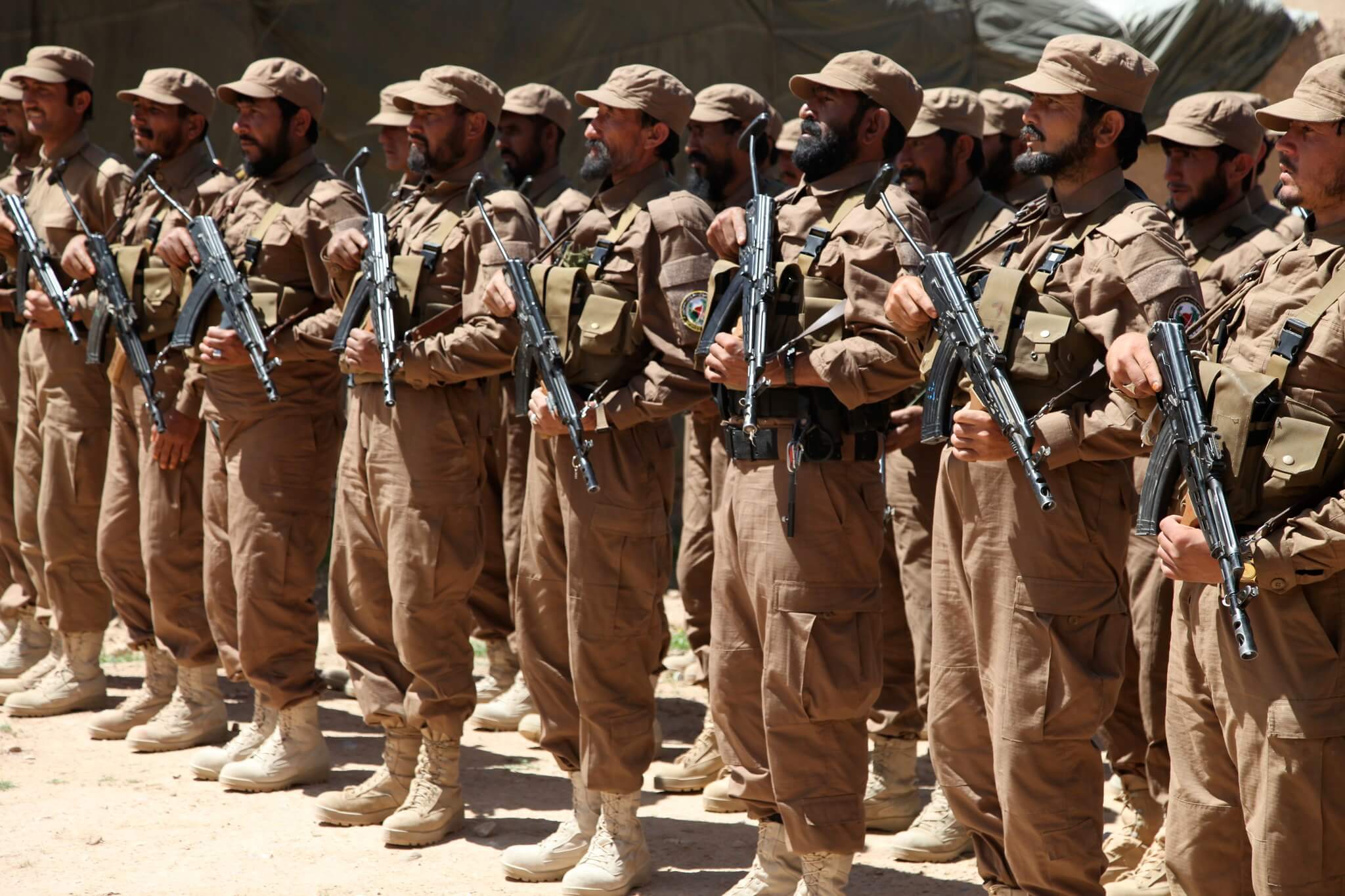Reflecting on Torture After ‘The Report’
The film might serve as an opportunity for narrowing the partisan divide on the issue of torture and promoting a more thoughtful debate on the moral and strategic issues involved.

Published by The Lawfare Institute
in Cooperation With

In December 2014, the Senate Select Committee on Intelligence published the executive summary of the committee’s report on the covert program of coercive interrogation run by the CIA after 9/11. Although Republican members had suspended their participation in the investigation, the committee nonetheless voted 11-3 to release the summary. Thanks to this brave action by committee chair Dianne Feinstein and her colleagues, the world learned the graphic details of the CIA’s Rendition, Detention, and Interrogation (RDI) program, which subjected more than 100 suspected terrorists to horrific physical and psychological torture.
Now, a movie telling this story has been released to the public. “The Report” chronicles the uncompromising work of Daniel Jones—the lead investigator on Feinstein’s staff—in constructing that controversial study. There has been extensive debate over the conclusions reached in the report, along with the process involved in gathering and analyzing the supporting material. But as someone who has conducted, taught and studied interrogation over several decades, I remain hopeful that the film might serve as an opportunity for narrowing the partisan divide on the issue of torture and promoting a more reflective debate on the considerable moral and strategic issues involved. It would be encouraging to see this movie embraced as a reminder that the United States still possesses the moral courage to acknowledge even its most egregious errors, take responsibility for the consequences and set about ensuring a similar lapse of judgment never recurs.
This last point is of critical importance. In the high-risk world of covert intelligence, errors in judgment can cost lives, as the movie portrays graphically—and as the report itself details.
There has always been a tension between democratic governance and secret intelligence, and it is for this reason that strong oversight of intelligence agencies is so essential. For the U.S. intelligence community, this duty of oversight falls primarily to the Senate Intelligence Committee, whose members are cleared for access to sensitive compartmented information. In an ideal world, the Senate Intelligence Committee and agencies of the intelligence community would maintain a robust and open relationship—though one marked by just the right measure of friction that both enabled and limited the nature and scope of intelligence-related activities. In many instances, that is precisely how the relationship has unfolded.
But regrettably, the relationship degraded into an adversarial contest of wills as it involved what has become one of the most controversial national security issues of our time—the RDI program conceived and implemented by the CIA. This is the story that plays out in the film. Rather than engaging with the Senate Intelligence Committee on constructive terms, the CIA reacted with camouflage, concealment and deception. At various points, the CIA failed to disclose salient facts about the interrogation program, equivocated about essential details and even took the extraordinary step of hacking into the Senate’s computer systems to discern what the committee’s study might have uncovered. This defiance of lawful oversight reflects a level of hubris that is a serious threat to effective governance.
The result is that the executive summary describing the CIA’s system of coercive interrogation remained caught within a bureaucratic vortex—including nine months of heated negotiations over classification issues—and that the full report continues to be hidden from the American public.
The CIA can—and did—argue that the primary justification for keeping the report classified was to protect sources and methods. It is nonetheless difficult to imagine the aggressive measures taken to keep the program’s existence hidden from the world were not in part informed by the agency’s certainty that worldwide condemnation would result from its disclosure. This concern actually appears within the pages of the executive summary itself: As described in an official CIA report, an agency interrogator told at least one detainee (possibly Riduan Isamuddin, known as Hambali) that he would never be released from detention because “we can never let the world know what I have done to you.”
What was done to the detainees at the CIA black sites was nothing short of horrific. While waterboarding has become a relatively common term of reference largely bereft of its visceral impact, it remains a uniquely terrifying experience of near-drowning. Government officials have long maintained that only three detainees were subjected to the waterboard, though it’s far from clear that this number is accurate. But most if not all of the remaining prisoners suffered through an array of physical and psychological pressures. These included sleep deprivation, circadian rhythm disruption, exposure to loud noise and extreme cold (the latter of which was responsible for the death of at least one detainee), confinement in cramped compartments, and forced stress positions—all with the specific goal of grinding the detainees into a state of overwhelming corporal and mental debilitation. Superimposed over these actions were the constant verbal threats and physical assaults designed to induce a chronic sense of dread. Together, these formed the core elements of what the CIA labeled as Enhanced Interrogation Techniques (EITs).
The ultimate goal of the program was to create within the detainee an inescapable dependence on the interrogator in the mistaken belief that accurate and timely disclosures of intelligence information would be forthcoming as a result. Whether considered separately or as an integrated set of practices, these EITs represent what is colloquially understood as torture—a perspective shared not only by national security and human rights experts but also by the U.S. Court of Appeals for the Ninth Circuit in a recent opinion.
On the one hand, the CIA argued that the EITs were necessary to extract the intelligence needed to prevent other attacks and to save American lives—a talking point repeated by several CIA directors. But the CIA failed to acknowledge the U.S. government’s own research on the topic.
The insidious effects of torture are well-understood thanks to a major government research effort beginning in the 1950s. Seeking to protect military personnel who might be captured, behavioral scientists under contract with the U.S. Air Force conducted a comprehensive study scrutinizing each and every technique of control and coercion that had been used repeatedly by the North Koreans and their Chinese allies against Western military personnel captured during the Korean War, and again by the North Vietnamese against U.S. military personnel during the Vietnam War.
What emerged from debriefing returning prisoners of war was unnerving yet ultimately beneficial. The level of depravity at the core of such inhumane treatment stunned all who had access to the debriefings. But the interviews informed the creation of a world-class training program designed to prepare U.S. military personnel to survive austere detention and coercive interrogation, and to return with honor.
One of the key takeaways from the study was that the captors had only a brief interest in gleaning intelligence from their prisoners, as they were acutely aware of just how perishable information of operational value can be. As a result, they would soon refocus on extracting false confessions and admissions that could form the basis for propaganda campaigns. You can’t force truthful disclosures, but you can force a subject to tell you what you want to hear. Even Markus Wolf, the long-serving head of the East German security service, was convinced that “interrogations should serve to extract useful information from the prisoner, not to exact revenge by means of intimidation or torture.” Unfortunately, the CIA does not appear to have been constrained by this operational reality in using EITs.
This assessment was formally acknowledged by the U.S. government’s executive agent for resistance to interrogation training in a 2002 memo that concluded, “The application of extreme physical and/or psychological duress has some serious operational deficits, most notably, the potential to result in unreliable information.” This same memo went on to address the potential consequences of a U.S.-sponsored program of torture with this warning:
Another important aspect of the debate over the use of torture is the consideration of its potential impact on the safety of U.S. personnel captured by current and future adversaries. The unintended consequences of a U.S. policy that provides for the torture of prisoners is that it could be used by our adversaries as justification for the torture of U.S. personnel. While this would have little impact on those regimes or organizations that already employ torture as a standard means of operating, it could serve as the critical impetus for those that are currently weighing the potential gains and risks associated with the torture of U.S. persons to accept torture as an acceptable option.
Strategists from Carl von Clausewitz to John Boyd have written compellingly of the vital role moral forces play in war. To put it bluntly, immorality has strategic consequences. Even if the RDI program produced critical intelligence—a conclusion overwhelmingly disputed by the evidence—a government-sponsored program of torture empowered American adversaries to capture the moral high ground. Rather than helping to defeat the enemy, stories of the punishing treatment served as the foundation for a compelling narrative featured prominently in the literature produced by al-Qaeda and its affiliates and served as a central recruiting theme in the years after 9/11.
Many people are uncomfortable with the use of torture yet still harbor the belief that it will “make people talk.” But a robust program of U.S. government-sponsored empirical research and field validation studies has consistently disputed the efficacy of a coercive model of interrogation while also demonstrating the far greater utility of what is commonly referred to as a rapport-based model. EITs fall into a category of interrogation known in the research literature as “accusatorial,” which are based on control, psychological manipulation, the employment of closed-ended questions and a presumption of guilt. This form of interrogation has been shown repeatedly to generate a substantial increase of false confessions when compared to direct questioning.
By contrast, “information-gathering” interrogations—which leverage rapport, open-ended questions and positive confrontations—increase the incidence of valid admissions while simultaneously reducing the number of false confessions. Similarly, observations of interrogations involving terrorist suspects found the use of empathy, adaptation and acceptance consistently enhanced information yield while concurrently diminishing resistance. To add perspective, a well-respected 2014 study involving Southeast Asian and European extremists reported that strategies based on rapport and empathy were 14 times more likely to elicit meaningful disclosures than when coercive forms of interrogation were employed.
While accurately detecting deception in the course of an interrogation is difficult, research shows that anxiety-based behaviors, such as nervousness, gaze aversion and hand gestures—which are a focus of accusatory interrogations—have little correlation with deception. In contrast, the information-gathering approach incorporates a cognitive-based paradigm that has been proved empirically and through field studies to provide an objective—and far more accurate—foundation for distinguishing deception from truth-telling.
Finally, the intelligence we seek when interrogating a subject resides in the long-term memory of a human being. Decades of research describe how easily memory can be corrupted and/or suppressed. Many of the stressors specifically cited in the research as having a negative effect on memory are found on the list of EITs, including sleep deprivation, severe stress, and near-drowning experiences. A 2016 report on best practices in interrogation produced by the High-Value Interrogation Group, an entity directed by the FBI, noted that the most effective model of questioning features such nonthreatening methodologies as the cognitive interview, active listening and open-ended questioning, all of which have been shown to significantly enhance an individual’s long-term memory.
It is one thing to discuss torture, but another thing to witness it. In 2007, I testified alongside Malcolm Nance before a subcommittee of the House Judiciary Committee about the propriety of the EITs. I argued then that the nature of torture was so fundamentally repulsive that, if any of the members were to directly witness this barbaric act, any discussion about approving the use of coercive methods would cease immediately. Watching a movie is different from real-life exposure, but the depiction of several forms of torture in “The Report”—including waterboarding and rectal rehydration—serve an important purpose. Even viewing a fictional portrayal of torture is likely to elicit an organic sense that mistreating detainees in such a fashion is fundamentally and inarguably wrong.
I don’t expect this movie to change the minds of those who defend the past use of EITs or advocate for their resurrection at some point in the future. But I hope “The Report” will help Americans set aside the partisan shadow that hangs over the debate about torture. There is no such thing as an interrogation strategy that belongs to Republicans, nor a method owned by Democrats. The only salient factors are legality (is it lawful?), morality (is it right?), and operational efficacy (does it work?). This is template upon which to craft doctrine, and American policy on interrogation must encompass these essential criteria.
Correction: This piece incorrectly stated that the Senate Intelligence Committee voted along partisan lines to release the summary of the report. In fact, the vote was 11-3 in favor of release.




